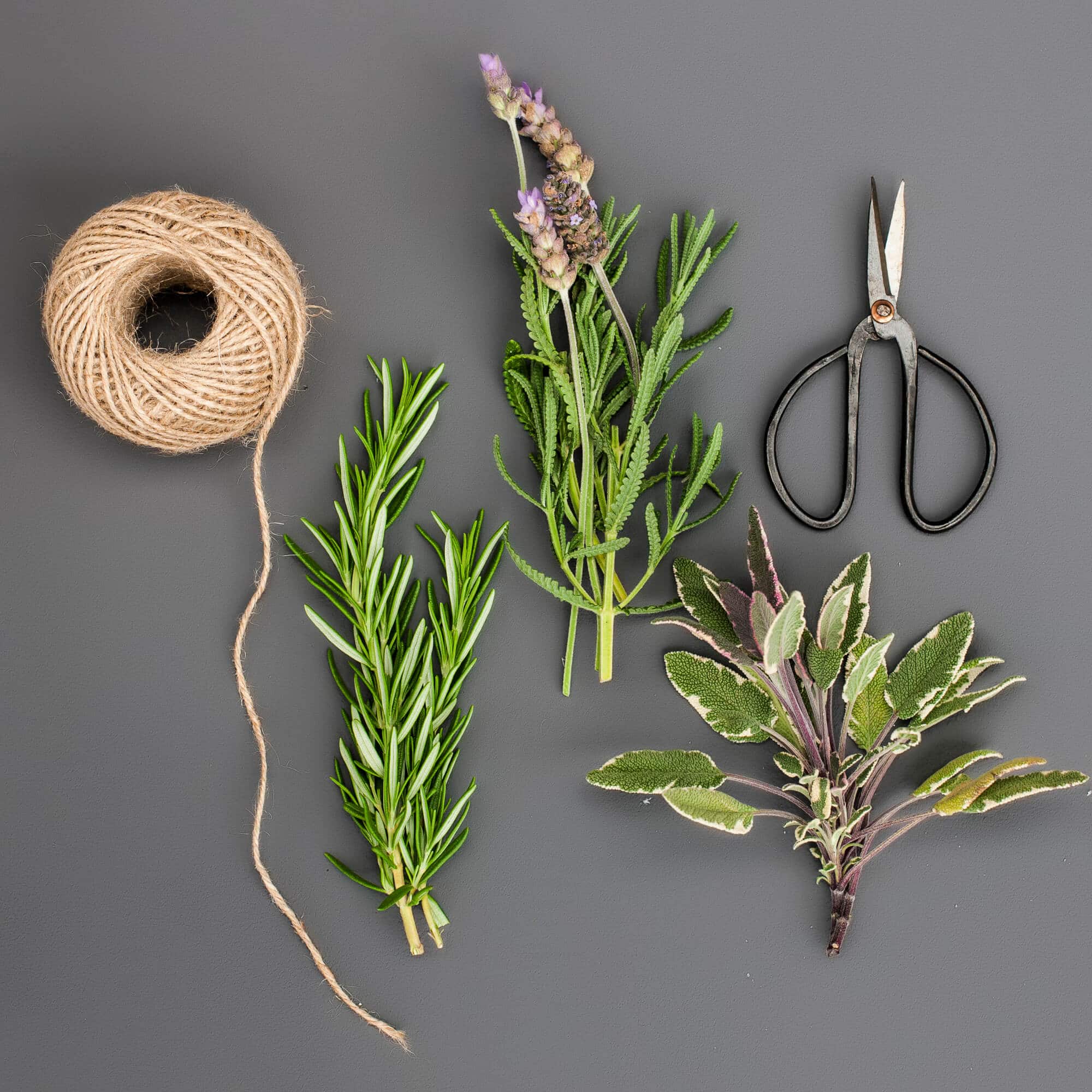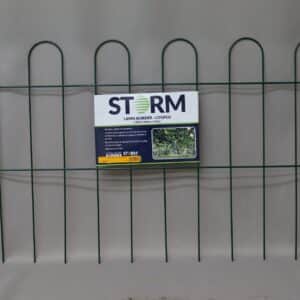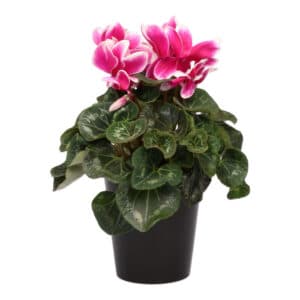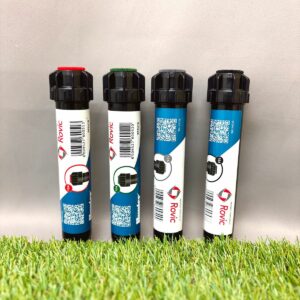How to identify a waterwise plant
DIY and how-to

When planning a water-wise garden, the main objective is to create a space that is both attractive yet thrives with minimal water. You can achieve this by planting mainly indigenous plants, although a few water-wise exotics work, too. Enquire about the specific zones that exotics and indigenous plants can be used in in order to consume water most efficiently, and use our guide to indigenous plants that are also drought-resistant
Identifying water-wise plants
We’ve compiled a guide to help you identify water-efficient plants and make an informed decision when planning and creating your water-wise garden. Look for these distinguishable characteristics:
Small or needle-like leaves: The smaller the surface area of the leaf, the less water lost through evaporation. Examples: Ericas, most acacias, rosemary, origanum, thyme
Reduced number of leaves/closing leaves: Some plants dispense of their leaves or have leaves that fold closed when water-stressed to reduce the surface area exposed to direct sunlight. This is especially seen during periods of drought.
Examples: Karee, acacias, buffalo thorn
Grey foliage: The colour grey reflects the sun’s rays away from the plant to keep it cooler, which then reduces water loss through the leaves. Examples: Lavender, artemesias, arctotis, giant honey flower (Melianthus major)
Hairy leaves: Hairs on leaves slow down air movement past the stomata, therefore reducing water loss. Examples: Silver tree (Leucadendron argenteum), lamb’s ear, beach salvia (Salviaa Africana-lutea), Helichrysum
Succulents with fleshy leaves: Water is stored in these fleshy leaves to be used by the plant when required. Examples: Crassulas, aloes, echeverias, vygies
Waxy leaves: A waxy characteristic prevents moisture loss. Examples: Euonymus, kalanchoe, Indian hawthorn
Lighter underside of leaves: When water-stressed, the lighter underside of the leaves turn upwards to reflect the sun. Examples: Wild olive tree, gazanias, indigenous buddleja
Sturdy internal structure: Some plants have a firm support that prevents wilting during dry spells and drought conditions. Examples: Strelitzia, restios, agaves, New Zealand flax
Oils in stomata: Usually in areas with a hot, dry summer, plants have adapted to the weather by secreting oil to coat the leaves and protect against water loss. Examples: Rosemary, lavender, sage
You might also like
Shop online
-
CYCLAMEN 14CM
- R129.99
- Add to cart Learn More
-
HUNTER POP UP SPRAYER
- R59.99
- Select options This product has multiple variants. The options may be chosen on the product page Learn More




